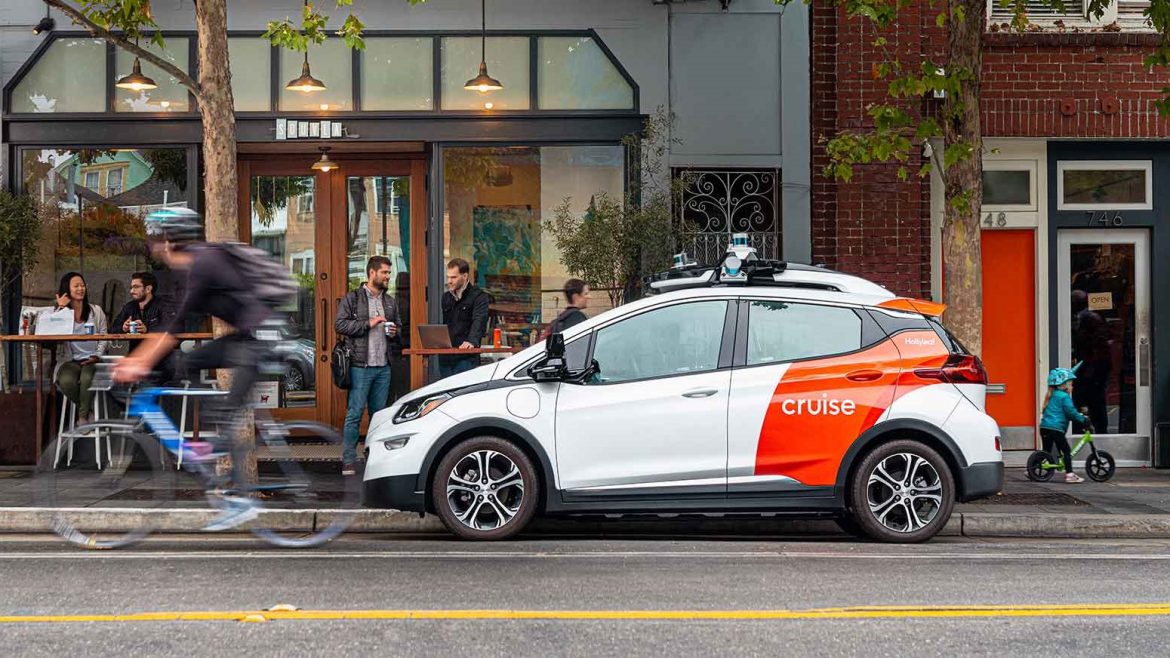General Motors’ (GM) autonomous vehicle division, Cruise, is set to recommence its operations in the United States with a small fleet of human-driven vehicles, marking a strategic move after a hiatus of six months. The decision to restart operations in Phoenix, Arizona, comes in the wake of a critical incident in San Francisco that prompted Cruise to suspend its autonomous driving activities.
Resumption strategy
Cruise announced its plans to resume operations through manual driving to facilitate the creation of maps and collection of essential road information in select cities, commencing with Phoenix. This phased approach involves utilising human-driven vehicles without autonomous systems engaged, as outlined in the company’s recent blog post.
Background incident and response
Last October, Cruise suspended its US operations following an unfortunate incident in San Francisco, where a pedestrian was struck by another vehicle and subsequently dragged by one of Cruise’s robotaxis. In response, Cruise faced regulatory actions, including the suspension of its operating permit in California and a vehicle recall mandated by the National Highway Traffic Safety Administration.
Validation of self-driving systems
The decision to reintroduce human-driven cars into Cruise’s operations aims to validate and enhance its self-driving systems, a crucial step towards reinstating fully autonomous operations. Cruise intends to extend this initiative to additional cities as part of its strategic roadmap.
Competitive landscape
Cruise’s move comes amidst the backdrop of intensifying competition in the autonomous driving sector. Alphabet’s self-driving subsidiary, Waymo, has been actively operating and expanding its services in Phoenix for several years, recently introducing driverless rides on freeways. Waymo has also forged partnerships with ride-hailing platform Uber Technologies to offer autonomous electric rides in Phoenix.
Strategic shift under new leadership
The decision to resume operations with human-driven vehicles signals a strategic shift for Cruise under new leadership. Former CEO Kyle Vogt had previously emphasised the company’s focus on San Francisco as a means to enhance autonomous vehicle technology. However, Cruise’s recent actions reflect a broader strategy aimed at accelerating progress and ensuring safety.
Continuous improvement and testing
During the operational pause, Cruise has dedicated significant efforts to conducting comprehensive tests in diverse and complex environments, including closed courses. These rigorous tests are integral to the company’s commitment to continuous retraining and improvement of its autonomous driving technology.
As Cruise embarks on its journey to resume operations, the reintroduction of human-driven vehicles underscores the company’s dedication to safety, innovation, and the advancement of autonomous mobility. With a renewed focus on refining its self-driving systems and expanding its geographical footprint, Cruise remains poised to navigate the evolving landscape of autonomous driving with confidence and resilience.



